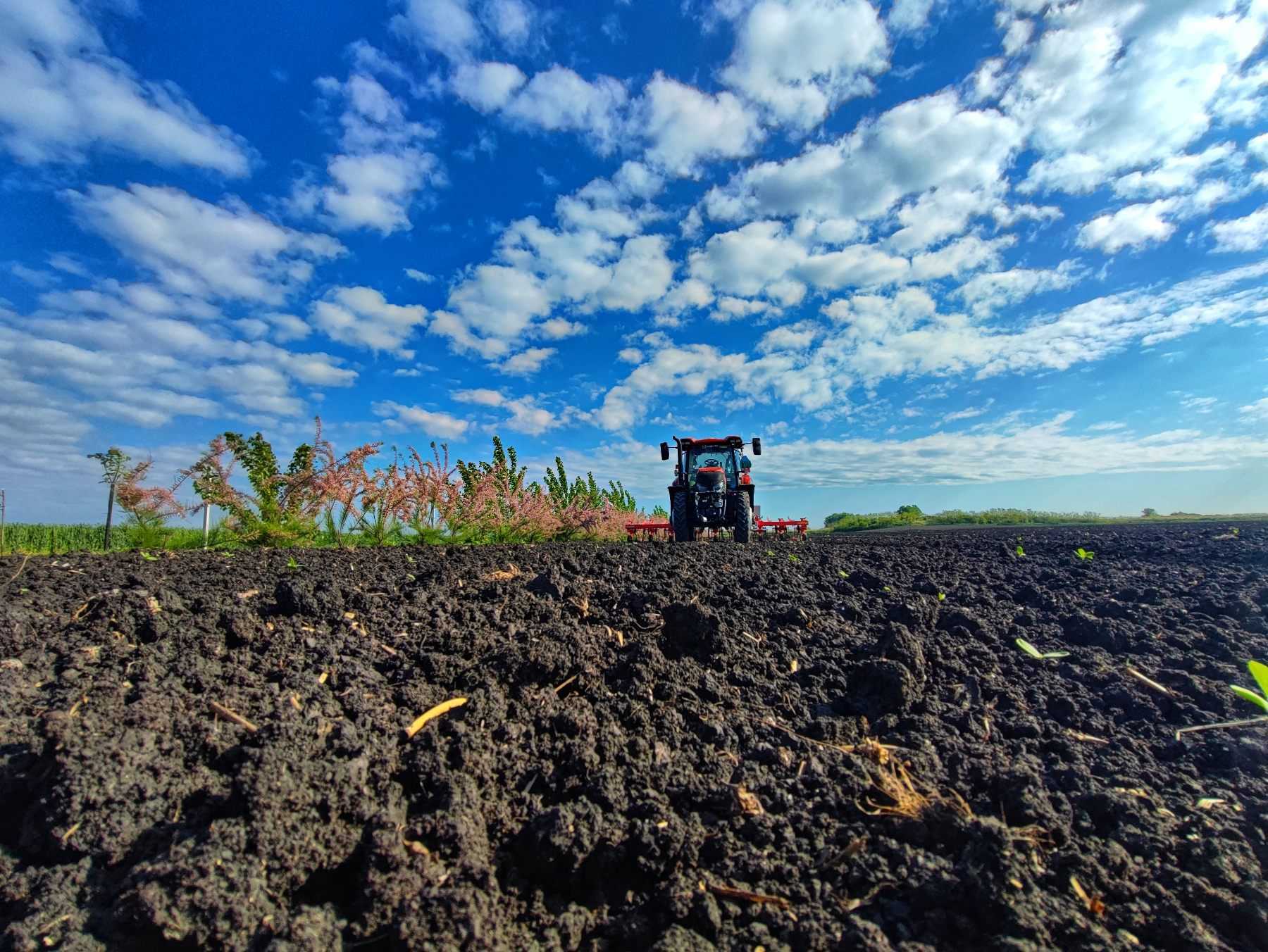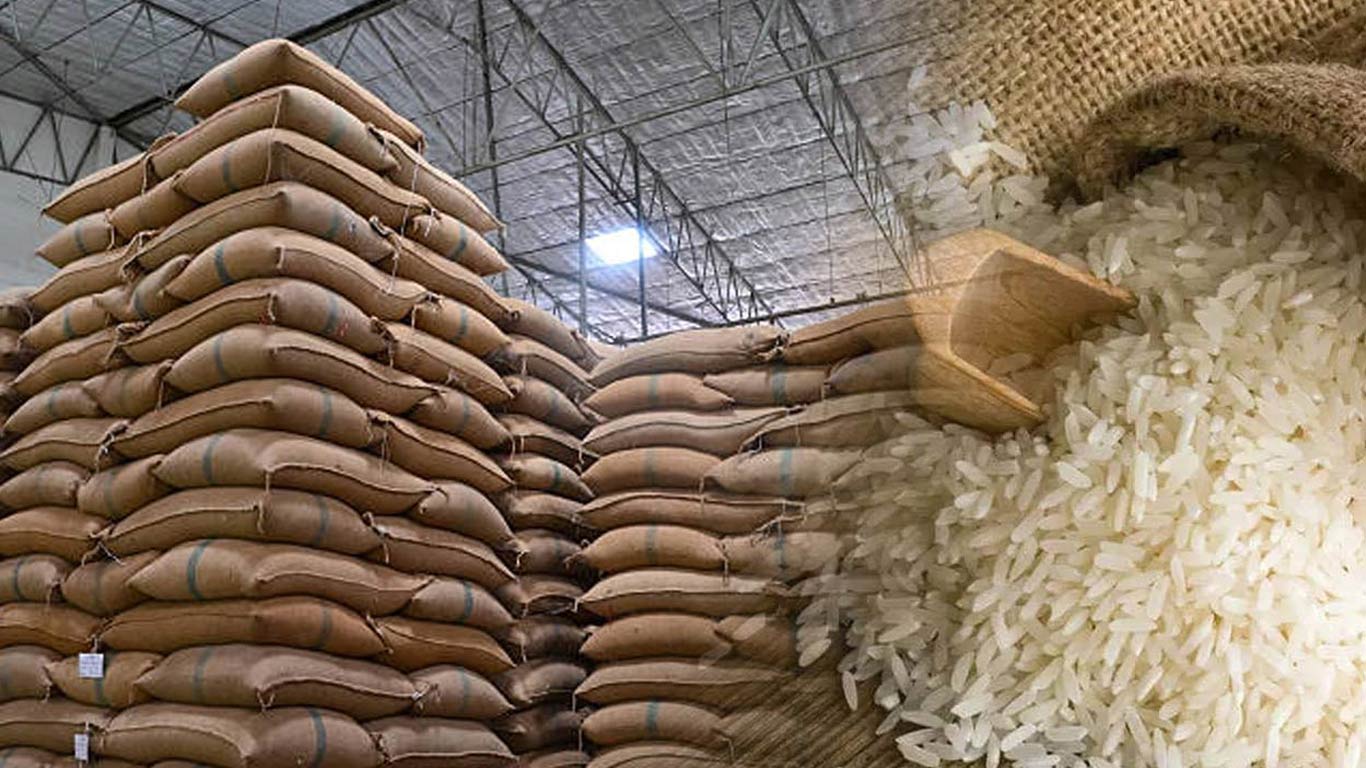Home / agriculture / How to Improve Soil Quality for Organic Crops: A Comprehensive Guide to Building Fertile, Sustainable Soil
How to Improve Soil Quality for Organic Crops: A Comprehensive Guide to Building Fertile, Sustainable Soil
By: My India Times
22 minutes read 124Updated At: 2025-01-30

Soil is the lifeblood of organic farming. It’s not just a medium for plant growth but a living, dynamic ecosystem that sustains crops, microorganisms, and the environment. For organic farmers, maintaining and improving soil quality is a top priority, as healthy soil directly translates to healthier crops, higher yields, and long-term sustainability. Unlike conventional farming, which often relies on synthetic inputs, organic farming focuses on natural methods to enhance soil health. This guide dives deep into proven, actionable strategies to improve soil quality for organic crops, ensuring your farm thrives while staying true to organic principles.
Why Soil Quality Matters in Organic Farming
Healthy soil is the foundation of organic agriculture. It provides essential nutrients, supports root growth, retains water, and hosts a diverse community of microorganisms that contribute to plant health. Poor soil quality, on the other hand, leads to low yields, increased susceptibility to pests and diseases, and long-term degradation of the land. Improving soil quality isn’t just about adding nutrients—it’s about creating a balanced, resilient ecosystem that can sustain crops season after season.
Key Strategies to Improve Soil Quality for Organic Crops
1. Enrich Soil with Organic Matter
Organic matter is the cornerstone of healthy soil. It improves soil structure, enhances water retention, and provides a steady supply of nutrients as it decomposes.
Compost: Homemade or commercially produced compost is rich in nutrients and beneficial microbes. Regularly adding compost to your soil boosts fertility and microbial activity.
Manure: Well-rotted animal manure (from cows, chickens, or horses) is an excellent source of nitrogen, phosphorus, and potassium. Ensure it’s properly composted to avoid introducing pathogens.
Crop Residues: After harvest, leave plant residues like stalks and leaves on the field. They decompose and return nutrients to the soil.
2. Use Cover Crops
Cover crops, also known as green manure, are plants grown specifically to protect and enrich the soil. They prevent erosion, suppress weeds, and add organic matter when tilled back into the soil.
Legumes: Clover, alfalfa, and vetch fix nitrogen from the air, enriching the soil naturally.
Grasses: Rye and oats improve soil structure and prevent nutrient leaching.
Brassicas: Mustard and radish break up compacted soil and suppress pests.
3. Practice Crop Rotation
Crop rotation involves changing the type of crop grown in a field each season. This prevents nutrient depletion, disrupts pest and disease cycles, and maintains soil balance.
Example: Rotate nitrogen-fixing legumes (e.g., beans) with heavy feeders (e.g., corn) to maintain nutrient levels.
4. Apply Mulching
Mulching involves covering the soil with organic materials like straw, wood chips, or leaves. It conserves moisture, regulates soil temperature, and suppresses weeds.
Benefits: Mulch decomposes over time, adding organic matter and nutrients to the soil.
5. Minimize Soil Disturbance
Over-tilling can destroy soil structure, harm beneficial microorganisms, and lead to erosion. Adopt low-till or no-till practices to preserve soil health.
No-Dig Gardening: Layer compost and mulch on top of the soil instead of tilling.
6. Incorporate Biochar
Biochar is a form of charcoal that improves soil structure, increases water retention, and enhances microbial activity. It also sequesters carbon, making it an eco-friendly soil amendment.
7. Encourage Microbial Life
Soil microorganisms play a crucial role in nutrient cycling and plant health. Foster their growth by:
Compost Tea: A liquid extract of compost that introduces beneficial microbes to the soil.
Mycorrhizal Fungi: These fungi form symbiotic relationships with plant roots, improving nutrient and water absorption.
8. Balance Soil pH
Soil pH affects nutrient availability. Most crops thrive in slightly acidic to neutral soil (pH 6.0–7.0). Test your soil regularly and amend it with lime (to raise pH) or sulfur (to lower pH) as needed.
9. Use Natural Amendments
Rock Dust: Adds trace minerals like calcium, magnesium, and potassium.
Seaweed Extracts: Rich in micronutrients and growth hormones that boost plant health.
Worm Castings: A nutrient-rich byproduct of vermicomposting that improves soil fertility.
10. Prevent Soil Compaction
Compacted soil restricts root growth and water infiltration. Avoid heavy machinery on wet soil and use raised beds or permanent pathways to minimize compaction.
11. Integrate Agroforestry
Planting trees and shrubs alongside crops improves soil structure, prevents erosion, and enhances biodiversity. Trees also contribute organic matter through leaf litter.
12. Rotate Grazing Animals
If you have livestock, managed grazing can naturally fertilize the soil and improve its structure. Rotate animals to prevent overgrazing and allow pastures to recover.
13. Monitor and Adapt
Regular soil testing is essential to understand your soil’s nutrient levels, pH, and organic matter content. Use the results to tailor your soil improvement strategies.
The Long-Term Benefits of Healthy Soil
Investing in soil health pays off in the long run. Healthy soil:
Increases crop yields and quality.
Reduces the need for external inputs like fertilizers and pesticides.
Enhances resilience to droughts, floods, and pests.
Sequesters carbon, mitigating climate change.
Conclusion: Building Soil Health for a Sustainable Future
Improving soil quality for organic crops is a journey, not a one-time task. By adopting these strategies, you can create a thriving soil ecosystem that supports your crops, protects the environment, and ensures the sustainability of your farm. Remember, healthy soil is the foundation of organic farming—it’s not just about growing crops but nurturing the land for future generations. Start small, observe the changes, and let nature guide you toward a more fertile and sustainable future.
....Soil is the lifeblood of organic farming. It’s not just a medium for plant growth but a living, dynamic ecosystem that sustains crops, microorganisms, and the environment. For organic farmers, maintaining and improving soil quality is a top priority, as healthy soil directly translates to healthier crops, higher yields, and long-term sustainability. Unlike conventional farming, which often relies on synthetic inputs, organic farming focuses on natural methods to enhance soil health. This guide dives deep into proven, actionable strategies to improve soil quality for organic crops, ensuring your farm thrives while staying true to organic principles.
Why Soil Quality Matters in Organic Farming
Healthy soil is the foundation of organic agriculture. It provides essential nutrients, supports root growth, retains water, and hosts a diverse community of microorganisms that contribute to plant health. Poor soil quality, on the other hand, leads to low yields, increased susceptibility to pests and diseases, and long-term degradation of the land. Improving soil quality isn’t just about adding nutrients—it’s about creating a balanced, resilient ecosystem that can sustain crops season after season.
Key Strategies to Improve Soil Quality for Organic Crops
1. Enrich Soil with Organic Matter
Organic matter is the cornerstone of healthy soil. It improves soil structure, enhances water retention, and provides a steady supply of nutrients as it decomposes.
Compost: Homemade or commercially produced compost is rich in nutrients and beneficial microbes. Regularly adding compost to your soil boosts fertility and microbial activity.
Manure: Well-rotted animal manure (from cows, chickens, or horses) is an excellent source of nitrogen, phosphorus, and potassium. Ensure it’s properly composted to avoid introducing pathogens.
Crop Residues: After harvest, leave plant residues like stalks and leaves on the field. They decompose and return nutrients to the soil.
2. Use Cover Crops
Cover crops, also known as green manure, are plants grown specifically to protect and enrich the soil. They prevent erosion, suppress weeds, and add organic matter when tilled back into the soil.
Legumes: Clover, alfalfa, and vetch fix nitrogen from the air, enriching the soil naturally.
Grasses: Rye and oats improve soil structure and prevent nutrient leaching.
Brassicas: Mustard and radish break up compacted soil and suppress pests.
3. Practice Crop Rotation
Crop rotation involves changing the type of crop grown in a field each season. This prevents nutrient depletion, disrupts pest and disease cycles, and maintains soil balance.
Example: Rotate nitrogen-fixing legumes (e.g., beans) with heavy feeders (e.g., corn) to maintain nutrient levels.
4. Apply Mulching
Mulching involves covering the soil with organic materials like straw, wood chips, or leaves. It conserves moisture, regulates soil temperature, and suppresses weeds.
Benefits: Mulch decomposes over time, adding organic matter and nutrients to the soil.
5. Minimize Soil Disturbance
Over-tilling can destroy soil structure, harm beneficial microorganisms, and lead to erosion. Adopt low-till or no-till practices to preserve soil health.
No-Dig Gardening: Layer compost and mulch on top of the soil instead of tilling.
6. Incorporate Biochar
Biochar is a form of charcoal that improves soil structure, increases water retention, and enhances microbial activity. It also sequesters carbon, making it an eco-friendly soil amendment.
7. Encourage Microbial Life
Soil microorganisms play a crucial role in nutrient cycling and plant health. Foster their growth by:
Compost Tea: A liquid extract of compost that introduces beneficial microbes to the soil.
Mycorrhizal Fungi: These fungi form symbiotic relationships with plant roots, improving nutrient and water absorption.
8. Balance Soil pH
Soil pH affects nutrient availability. Most crops thrive in slightly acidic to neutral soil (pH 6.0–7.0). Test your soil regularly and amend it with lime (to raise pH) or sulfur (to lower pH) as needed.
9. Use Natural Amendments
Rock Dust: Adds trace minerals like calcium, magnesium, and potassium.
Seaweed Extracts: Rich in micronutrients and growth hormones that boost plant health.
Worm Castings: A nutrient-rich byproduct of vermicomposting that improves soil fertility.
10. Prevent Soil Compaction
Compacted soil restricts root growth and water infiltration. Avoid heavy machinery on wet soil and use raised beds or permanent pathways to minimize compaction.
11. Integrate Agroforestry
Planting trees and shrubs alongside crops improves soil structure, prevents erosion, and enhances biodiversity. Trees also contribute organic matter through leaf litter.
12. Rotate Grazing Animals
If you have livestock, managed grazing can naturally fertilize the soil and improve its structure. Rotate animals to prevent overgrazing and allow pastures to recover.
13. Monitor and Adapt
Regular soil testing is essential to understand your soil’s nutrient levels, pH, and organic matter content. Use the results to tailor your soil improvement strategies.
The Long-Term Benefits of Healthy Soil
Investing in soil health pays off in the long run. Healthy soil:
Increases crop yields and quality.
Reduces the need for external inputs like fertilizers and pesticides.
Enhances resilience to droughts, floods, and pests.
Sequesters carbon, mitigating climate change.
Conclusion: Building Soil Health for a Sustainable Future
Improving soil quality for organic crops is a journey, not a one-time task. By adopting these strategies, you can create a thriving soil ecosystem that supports your crops, protects the environment, and ensures the sustainability of your farm. Remember, healthy soil is the foundation of organic farming—it’s not just about growing crops but nurturing the land for future generations. Start small, observe the changes, and let nature guide you toward a more fertile and sustainable future.
By: My India Times
Updated At: 2025-01-30
Tags: agriculture News | My India Times News | Trending News | Travel News
Join our WhatsApp Channel






































































































.png)
 (1).png)























